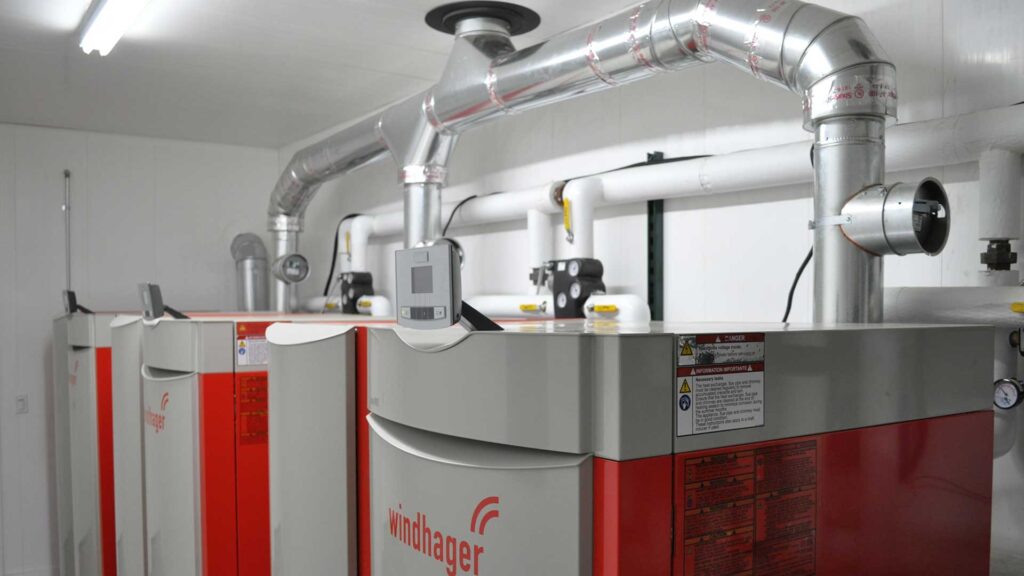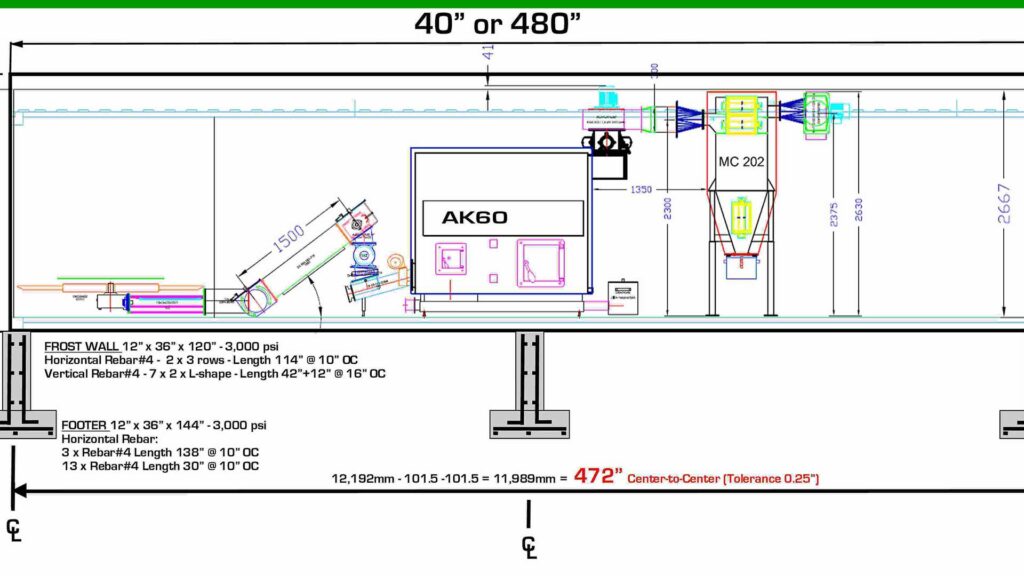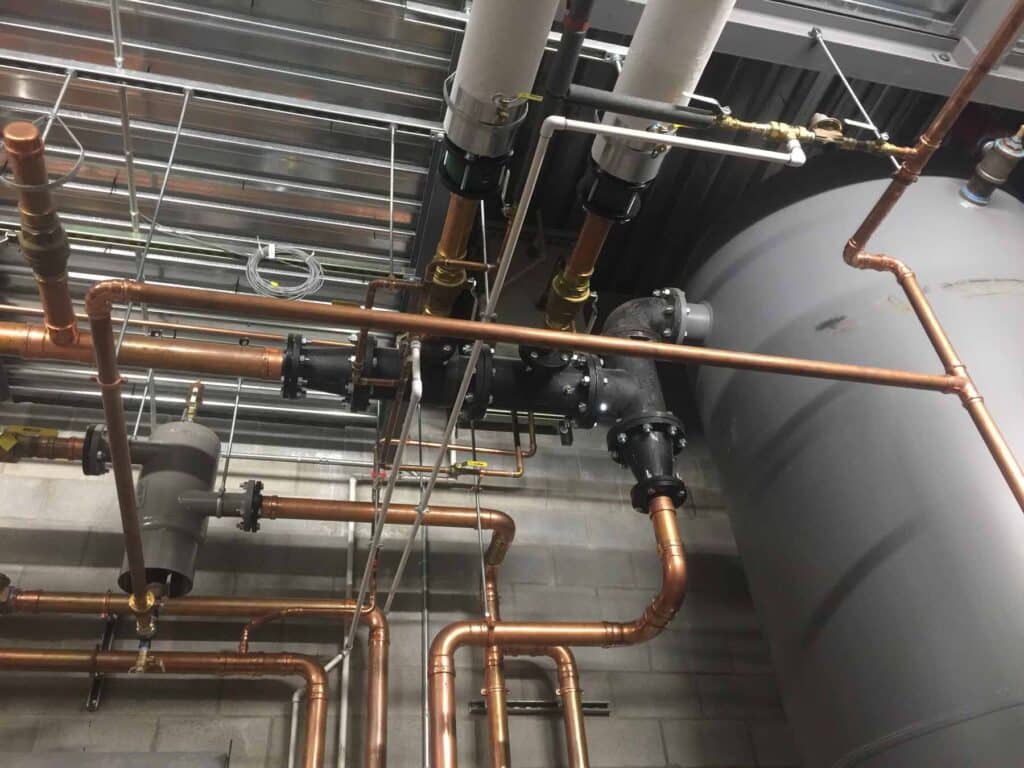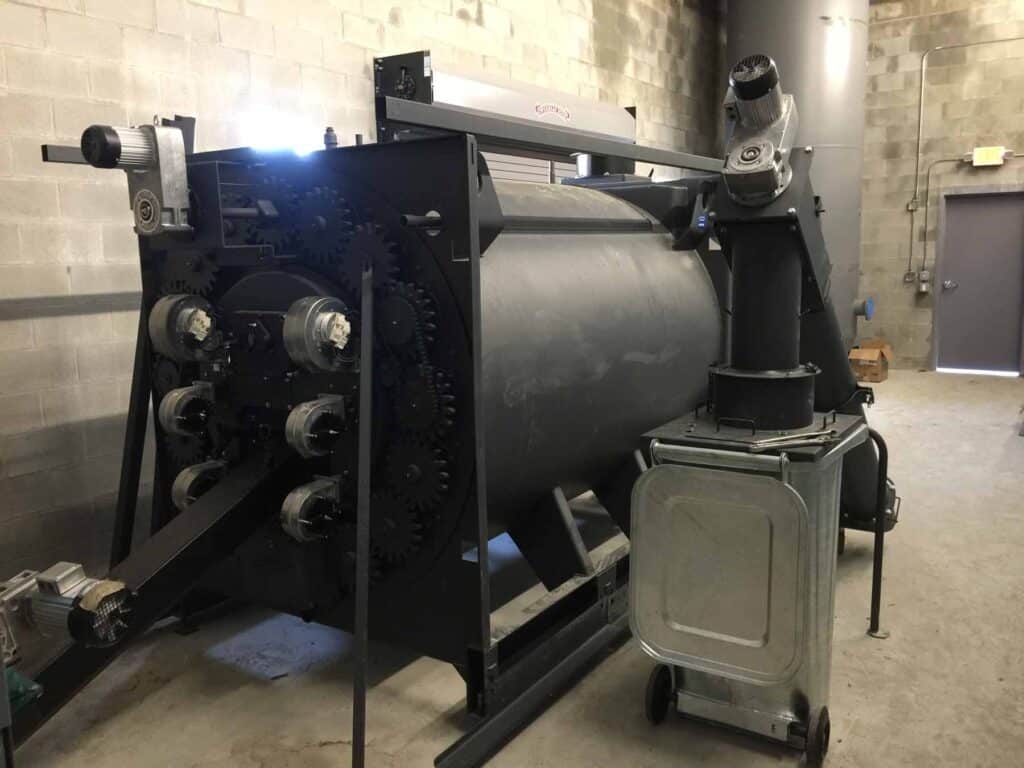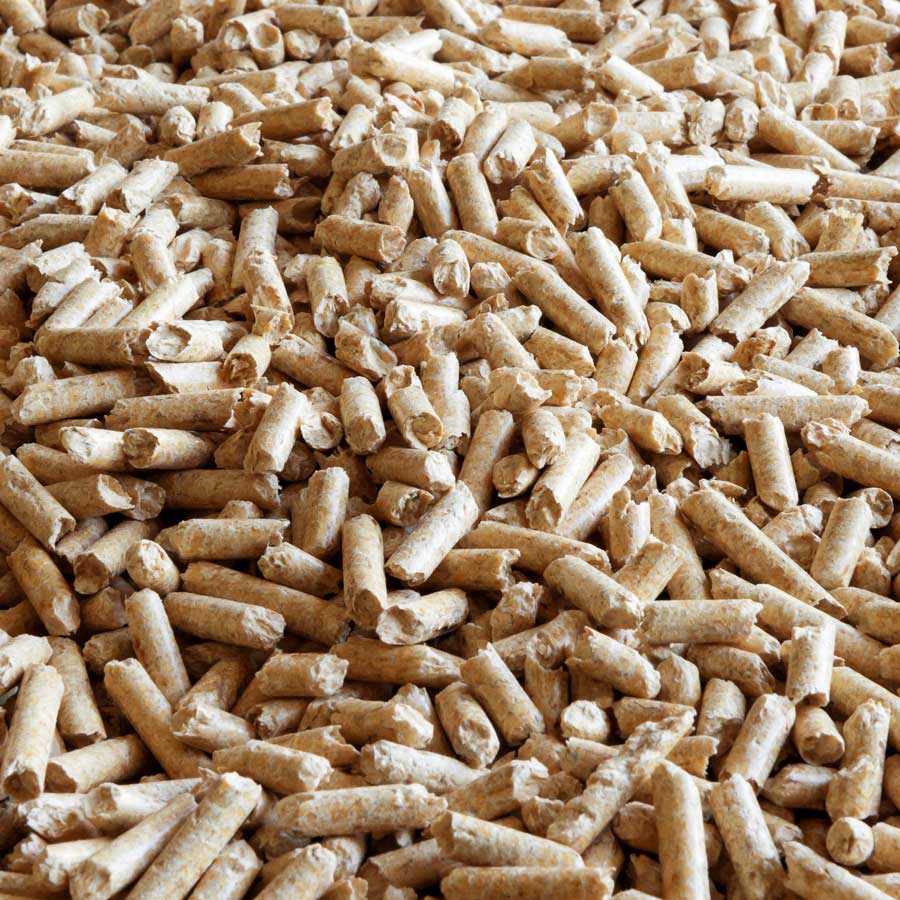Federal incentives for clean energy, including modern wood energy (06/13/2023)
In 2021 and 2022, the Biden Administration enacted sweeping climate and energy legislation through the Inflation Reduction Act (IRA) and the Bipartisan Infrastructure Law (BIL) that set-in motion a wide range of new or enhanced federal incentives for clean energy, including modern wood energy. These incentives take the form of investment tax credits, production credits, and increased grant funding through several federal agencies. This summary reviews incentives and funding specifically as they relate to using wood biomass to make heat or combined heat and power in residential, commercial, and industrial applications. The programs are hyperlinked for more information.
At the residential level, the IRA authorized an investment tax credit for modern wood heating appliances that can meet a minimum output efficiency of 75% measured at the high heat value. The one-time credit of 30% may be taken against the installed capital cost of wood stoves, pellets stove, and wood chip and pellet boilers. The credit is capped at $2,000, is authorized through 2032, and can only be taken to the extent that the homeowner has an income tax liability. Caluwe, Inc. carries several Windhager wood pellet and chip boilers that qualify for the credit.
At the commercial and industrial level, there are several incentives and grant programs that high performing wood systems can qualify for. These include:
· Rural Energy for America Program
· Community Wood Energy and Wood Innovation Program (Community Wood Program)
· Community Facilities Grant and Loan Program
· Combined Heat and Power Investment Tax Credit under section 45
· Carbon Capture and Reduction Tax Credit under section 45Q
· Modified Accelerated Cost Recovery System (MACRS)
Rural Energy for America Program (REAP)
REAP is administered by USDA Rural Development. It provides grants on a competitive basis of up to 25% of the installed capital cost, up to $500,000. Eligible applicants are agricultural enterprises and rural small businesses. REAP also provides low interest loans up to $10 million. For larger projects, an independently developed feasibility study is required. Applications are accepted up to twice per year. REAP received a significant increase in funding authorization through the IRA. Caluwe Inc. has been involved in several projects that were awarded REAP grants.
Community Wood Energy and Wood Innovation Program (Community Wood Program, or CWP)
CWP is administered by the USDA Forest Service. It provides grants on a competitive basis of up to $1 million (with special circumstances for higher grant awards) on a leveraged funding basis. CWP can fund community scaled wood heating/CHP projects as well as projects proposing new innovative uses of wood. There is one application round per year. CWP received much higher funding as a result of the IRA and BIL. In the last three years, CWP has helped fund several projects developed by Caluwe Inc.
The USDA Forest Service also administers a program called the Wood Innovations Program which has provided grants of up to $300,000 for modern wood heating systems in the last. Caluwe projects have received a number of these grants.
Community Facilities Grant and Loan Program
USDA Rural Development also administers a community facilities grant and loan program to which public entities, such as municipalities, school districts, and non-profits can apply. This program provides affordable funding to develop essential community facilities in rural areas that can include modern wood heating infrastructure. Low-income communities are given preference. Grants can be for up to 75% of the installed capital cost. Low interest loans are also available.
Combined Heat and Power Investment Tax Credit under section 48
The IRA greatly enhanced the value of the investment tax credit for wood fired combined heat and power, which is now up to 30% and potentially 40% of installed capital cost if the project can meet “American made/domestic content” requirements. Previously the credit was only 10%. The IRA also allows certain businesses and non-profit or public entities to take the credit as a onetime cash payment. The new credit provisions apply to projects that begin construction before January 1, 2025. After that date a new incentive structure will be implemented that structures the amount of credit based on the extent to which the technology reduces greenhouse gas emissions. No determination has yet been made whether or if wood systems will qualify under this new construct.
Modified Accelerated Cost Recovery System (MACRS)
One benefit of the enhanced biomass CHP credit is that these systems now also qualify for modified accelerated cost recovery, or “bonus depreciation.” Businesses may recover investments in wood fired CHP property through depreciation deductions over a five-year period. This bonus depreciation is set at 80% in 2023 and steps down 20% each year thereafter.
Carbon Capture and Reduction Tax Credit under section 45Q
The IRA greatly enhanced the value of the carbon capture and reduction tax credit. Wood systems cannot directly qualify for this credit. However, wood fuels can be treated with new carbon oxide sequestration technologies such as those developed by CBA Environmental Services that reduce their greenhouse gas emissions upon combustion. USFS Wood Innovations Project Detail Report (usda.gov) The treated fuels qualify for a generous tax credit which can greatly reduce operating costs for wood fired boilers that use the fuel. The US Department of Energy Office of Clean Energy Demonstrations is providing grants to help industries install these technologies.
There are many more clean energy incentive and grant programs that were authorized through the IRA and BIL, some of which may be applicable to modern wood energy systems. Details are still forthcoming from the Biden Administration. Readers are encouraged to consult with a qualified tax accountant or attorney for the latest information and how to qualify.

